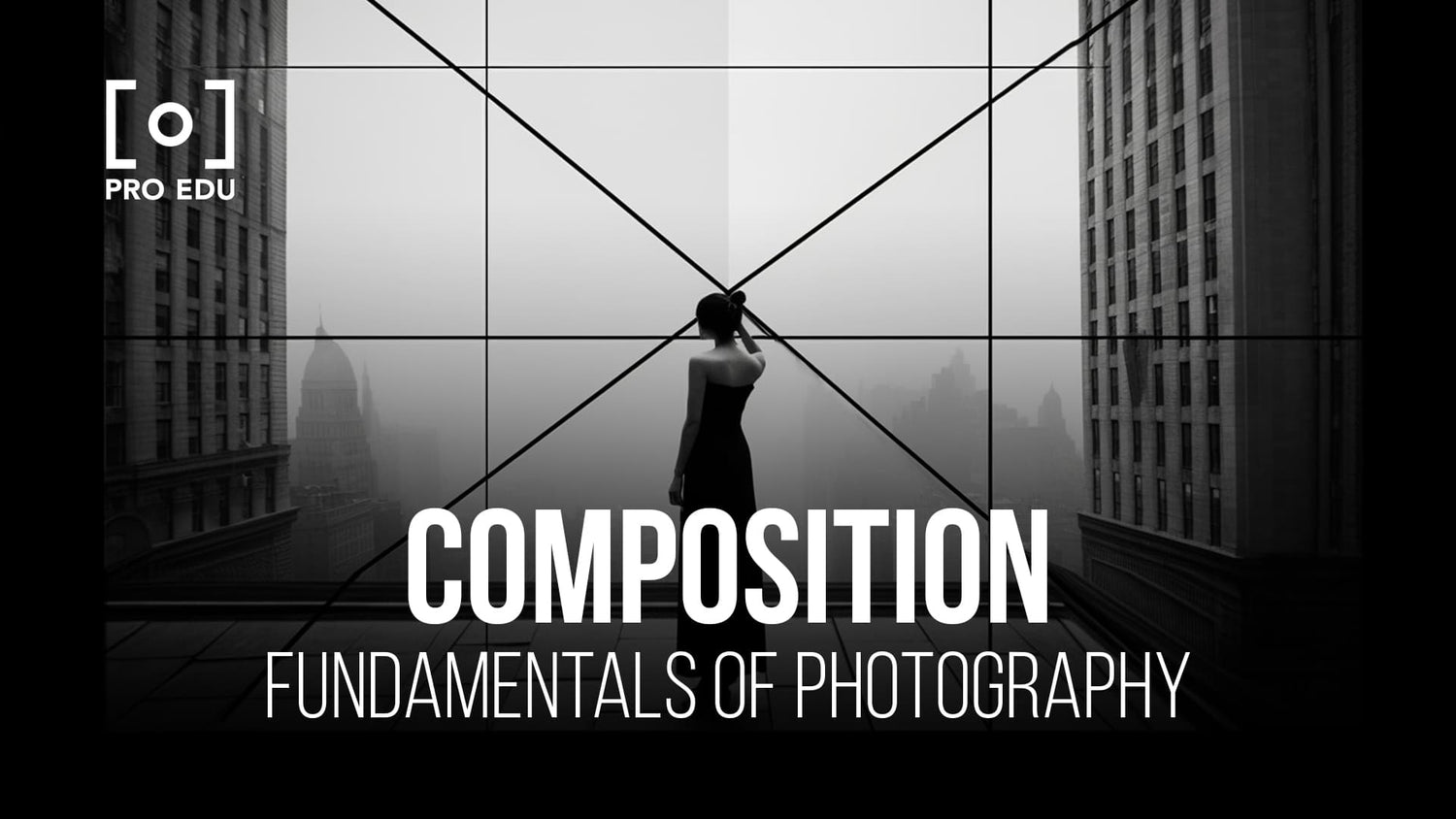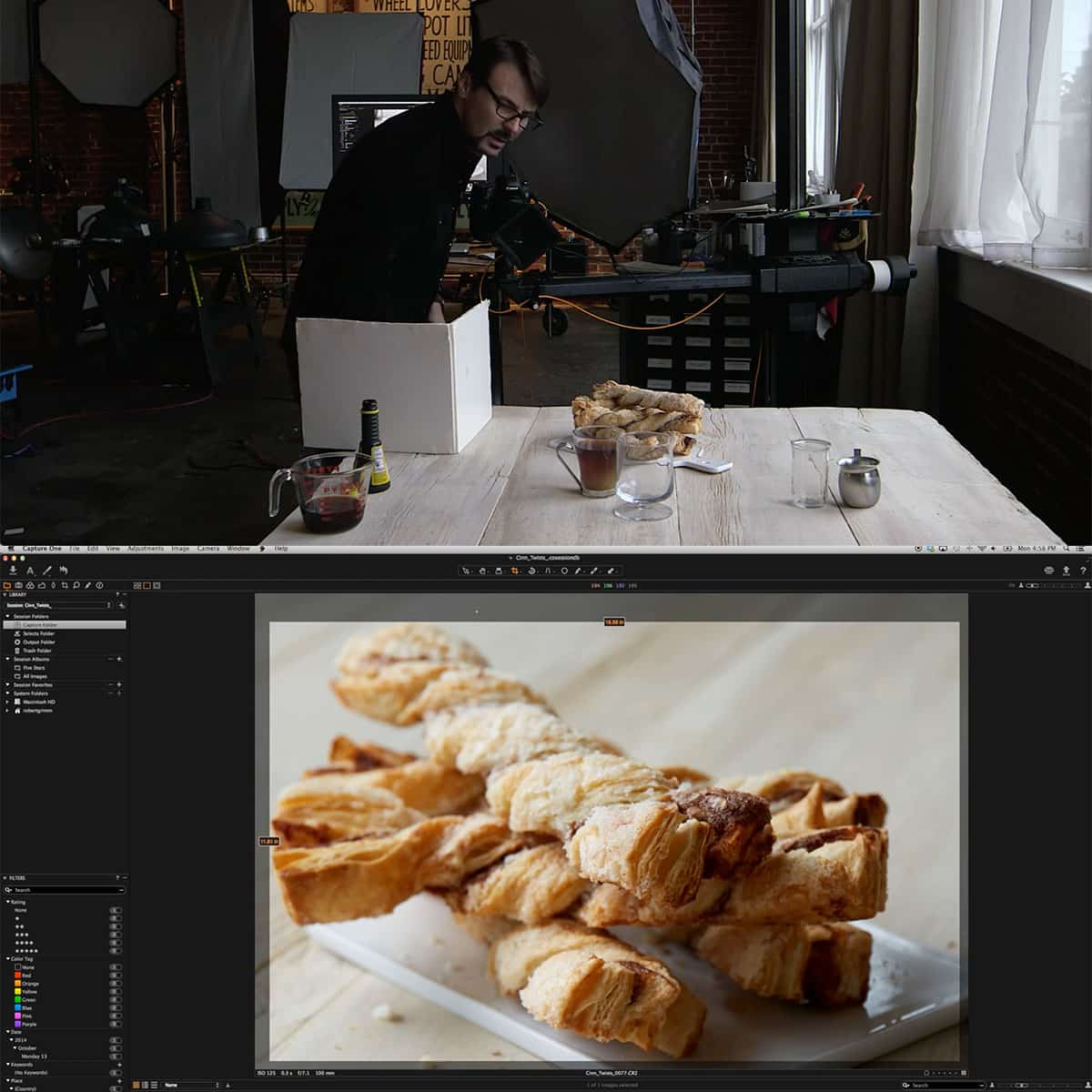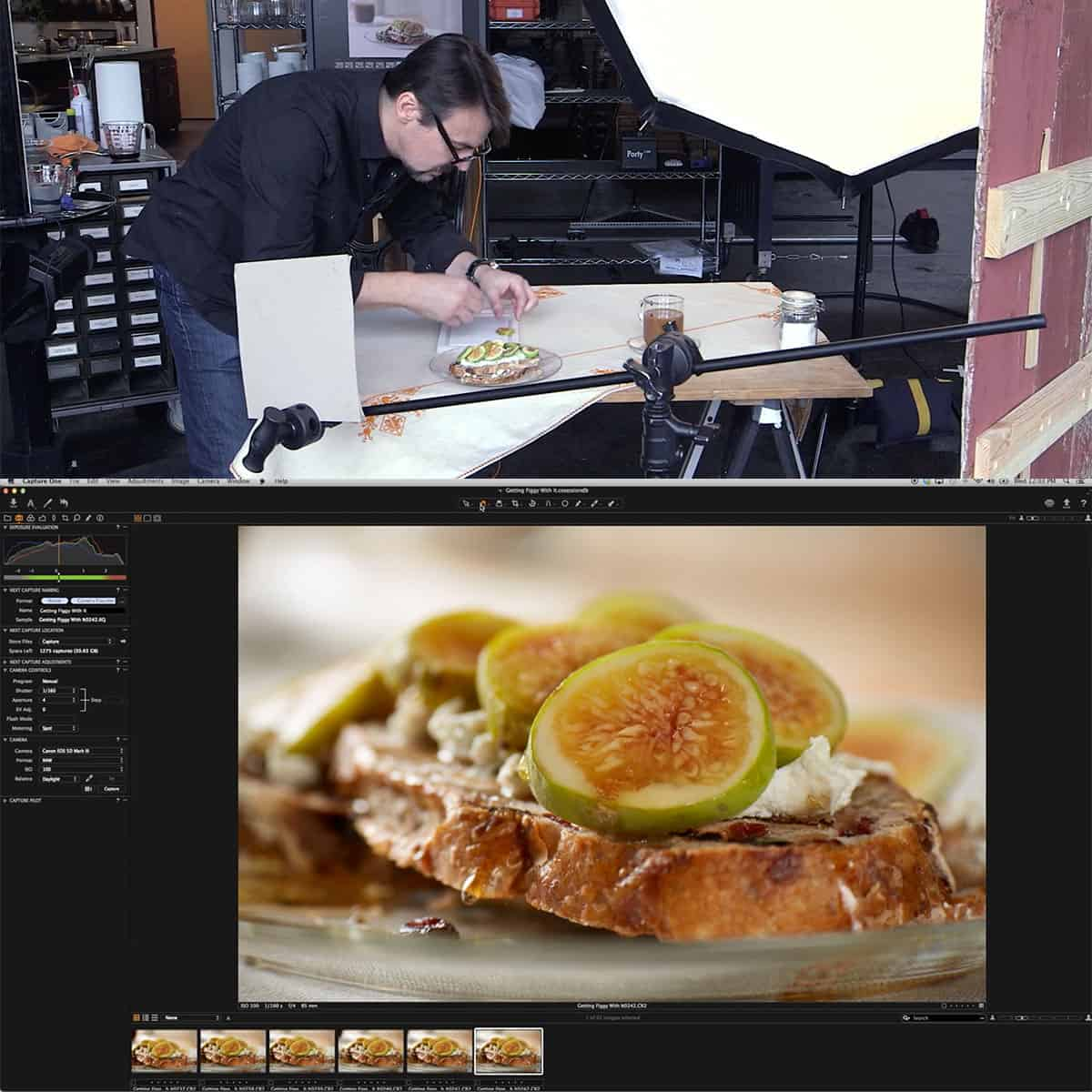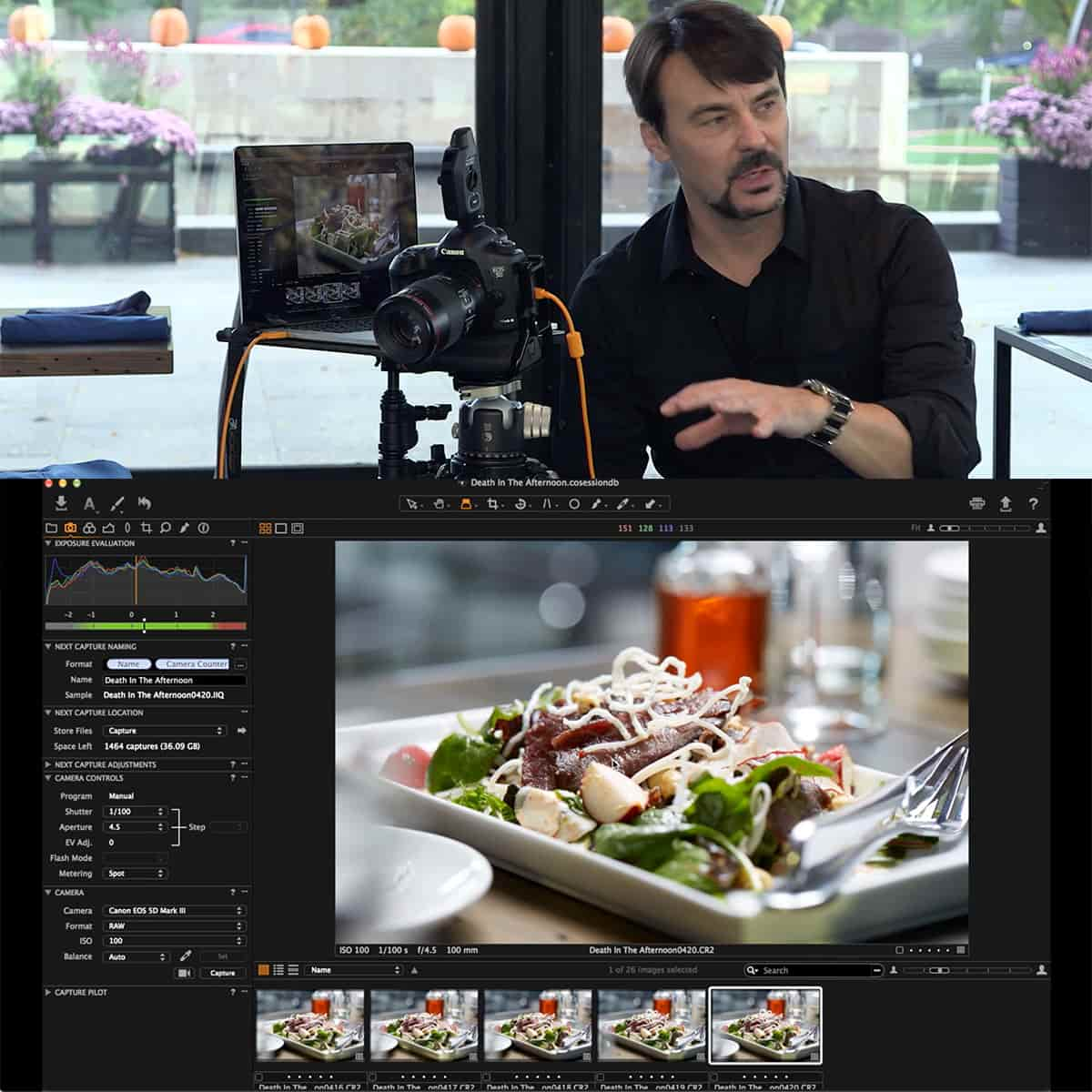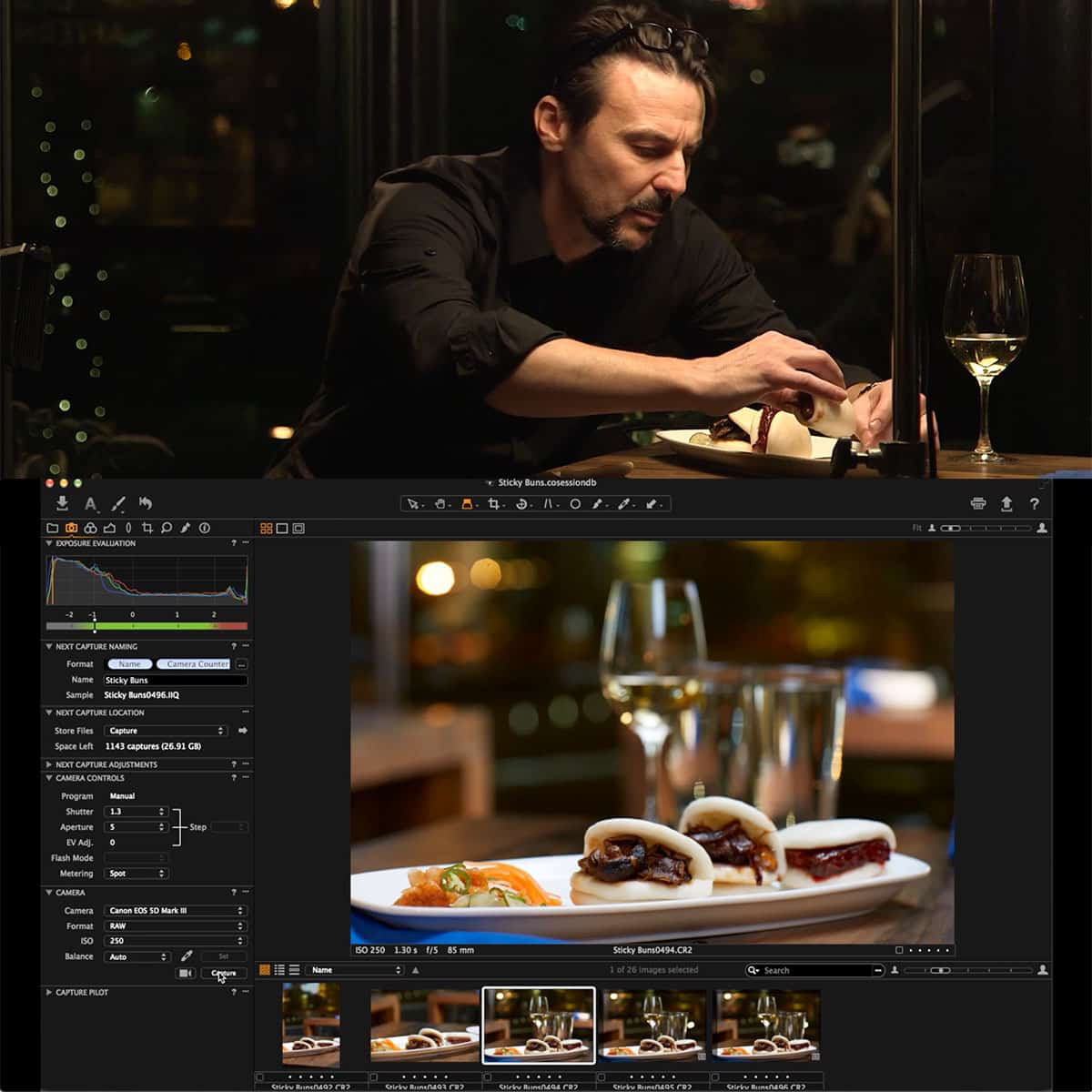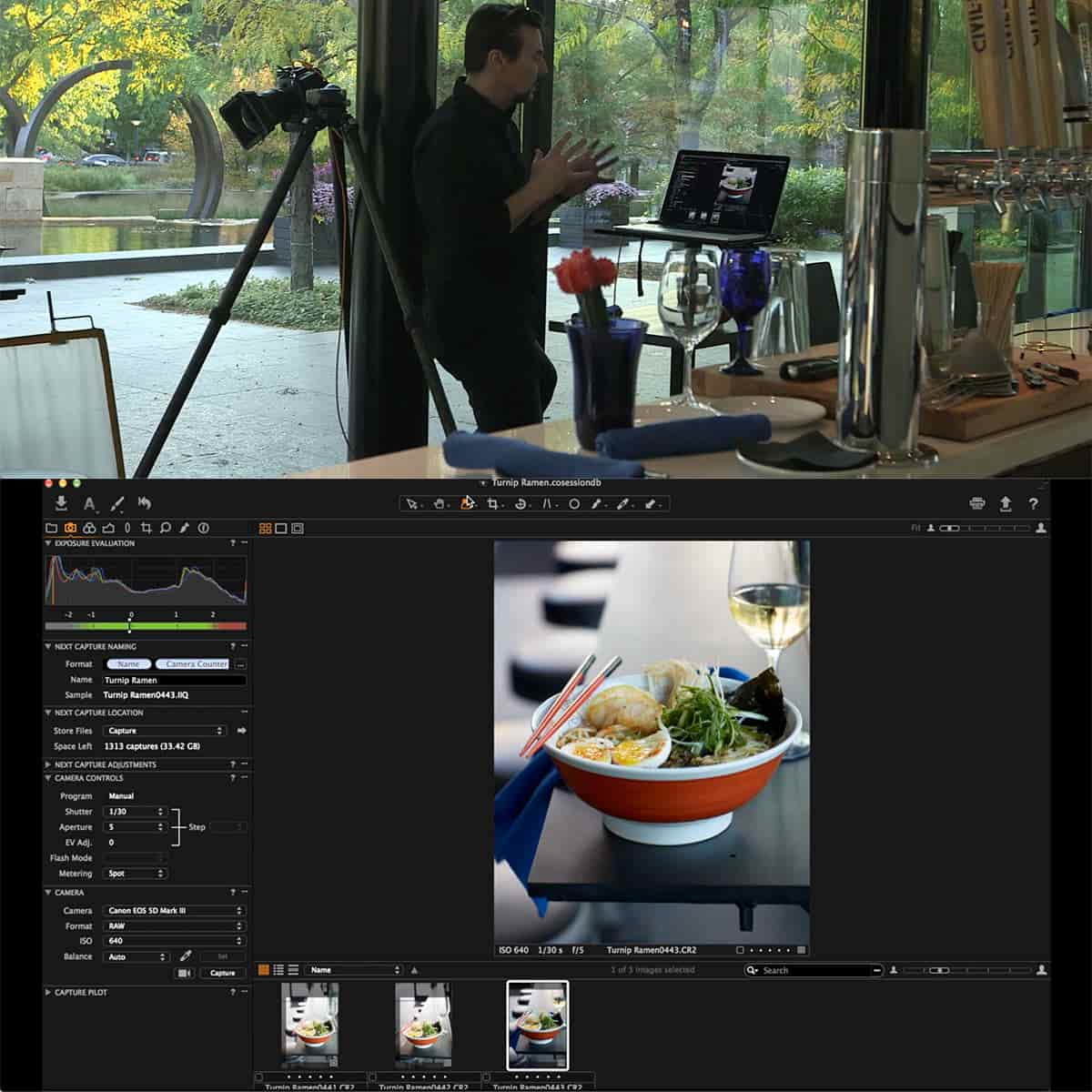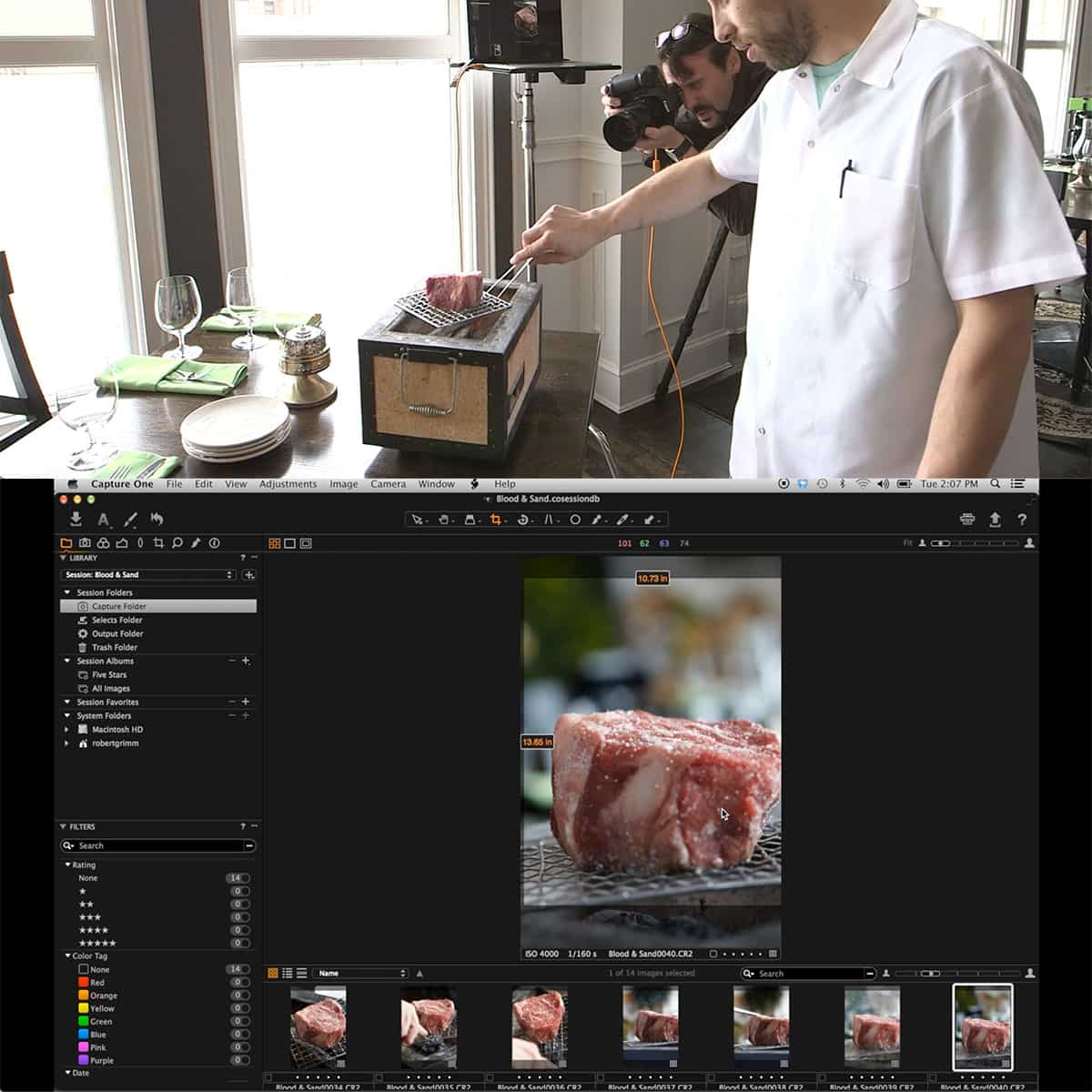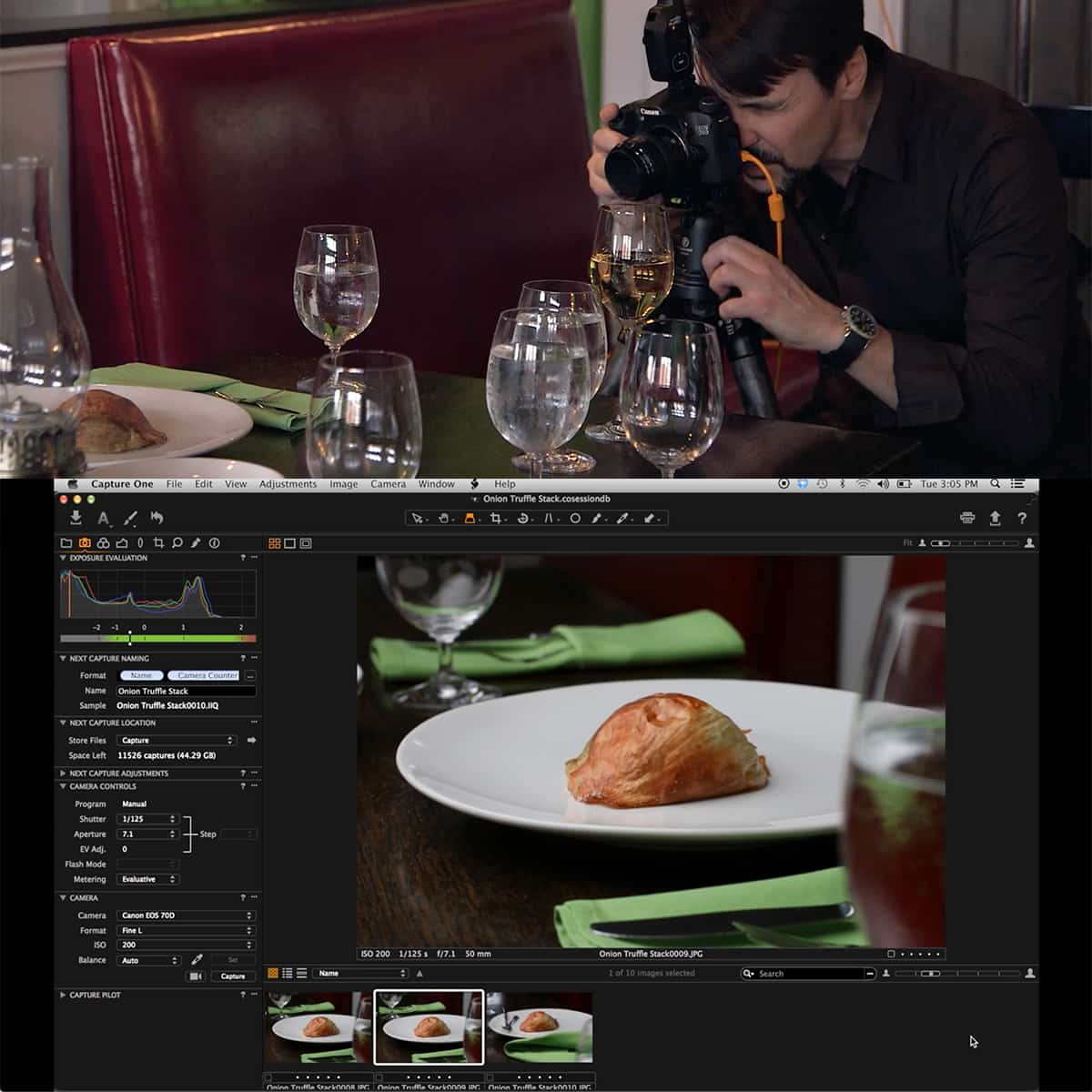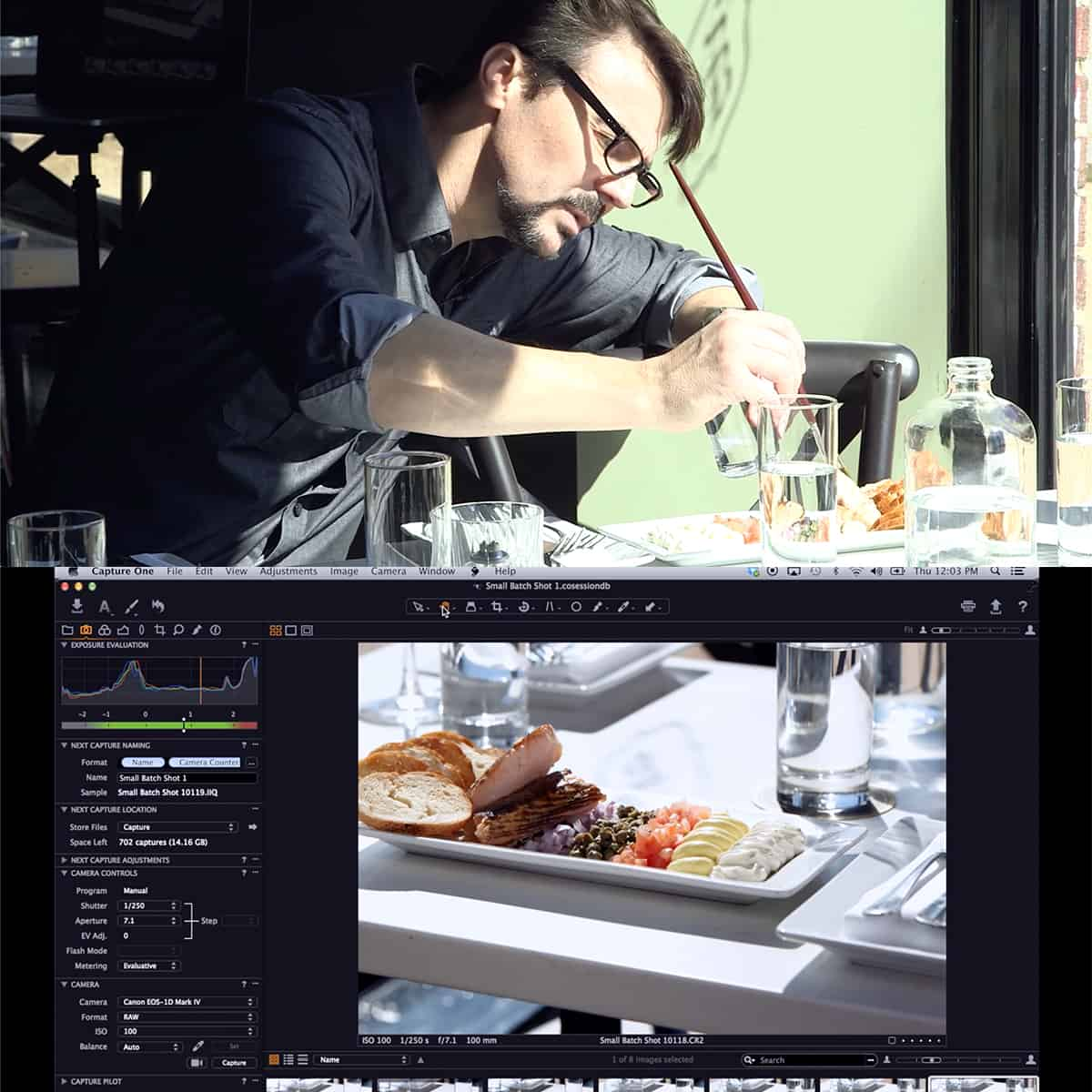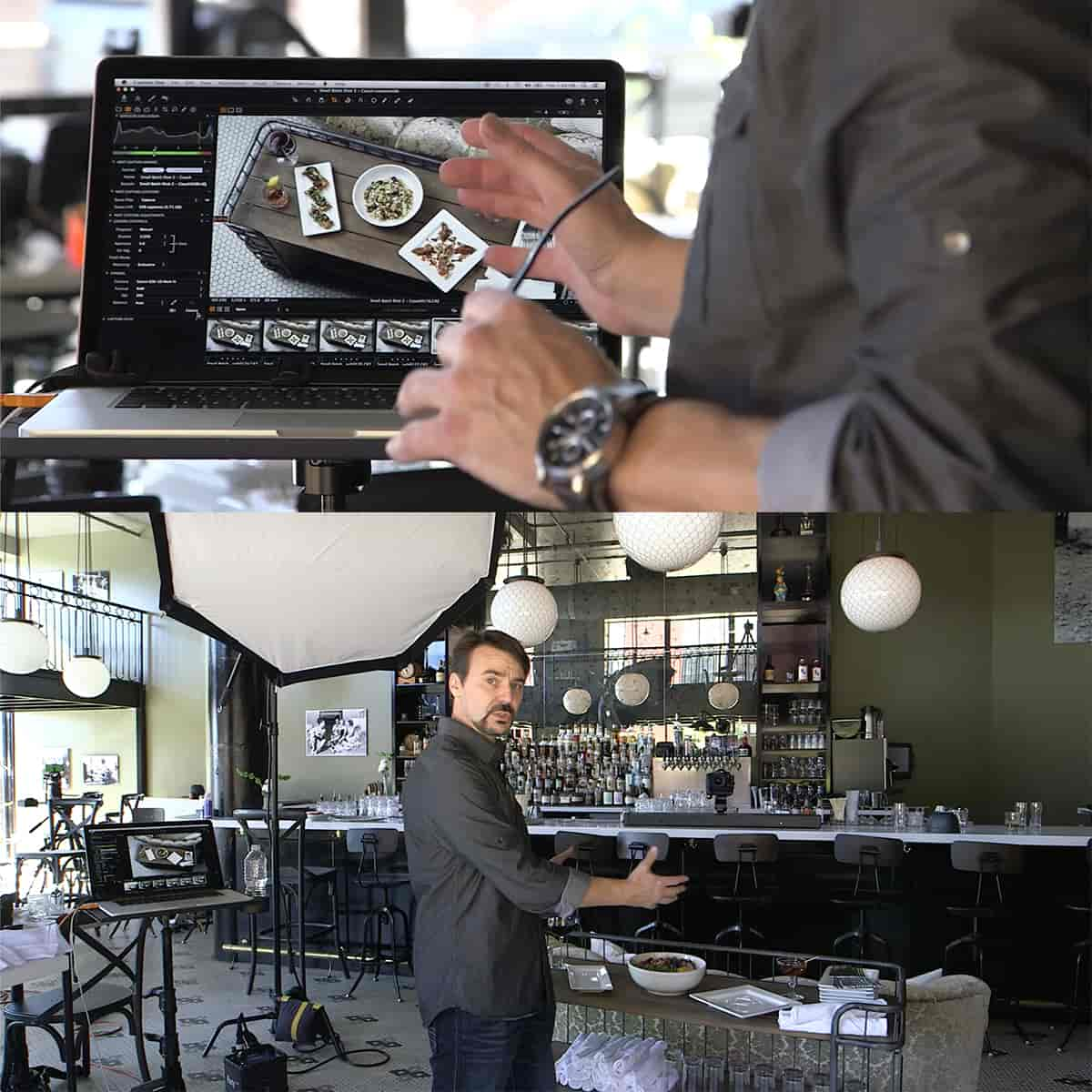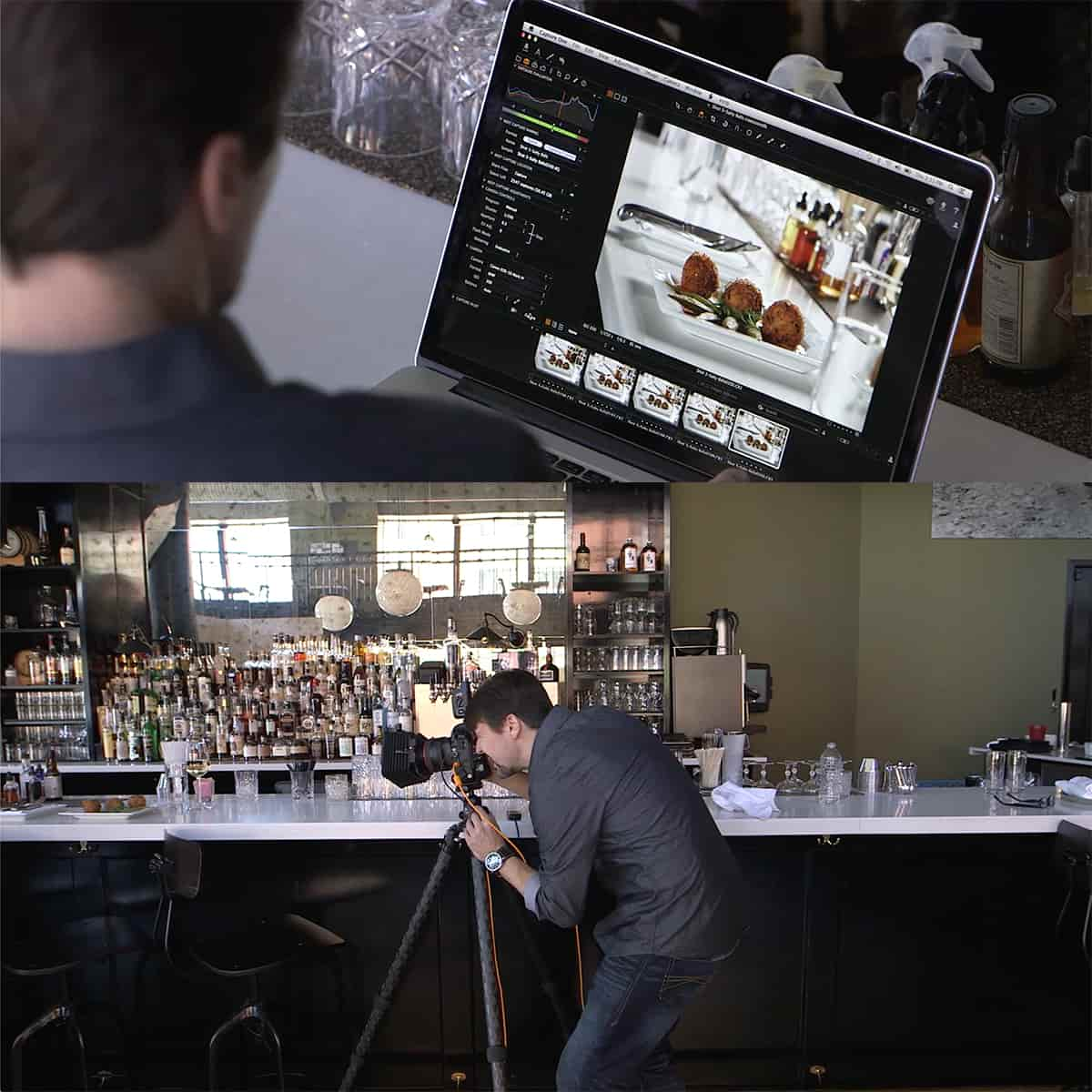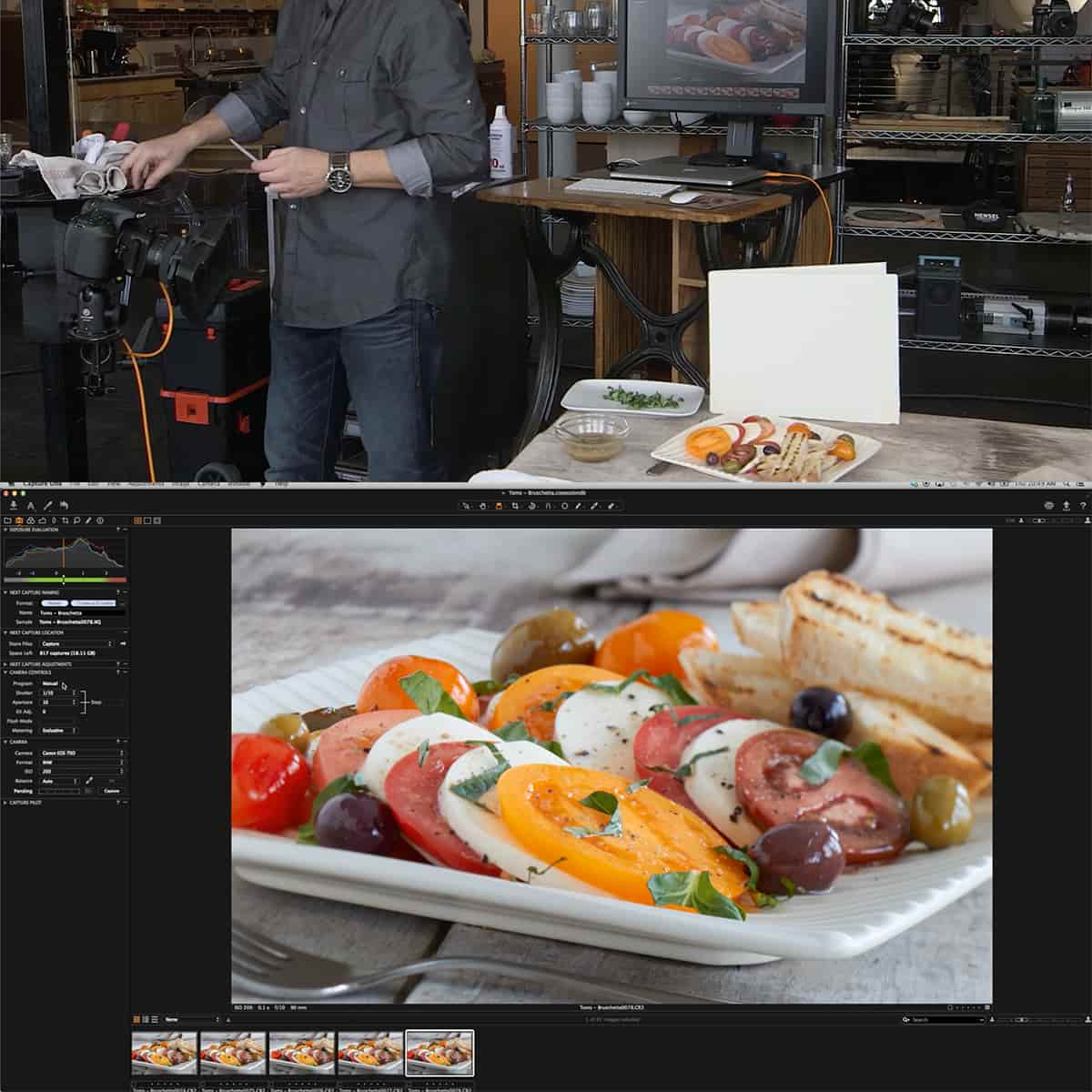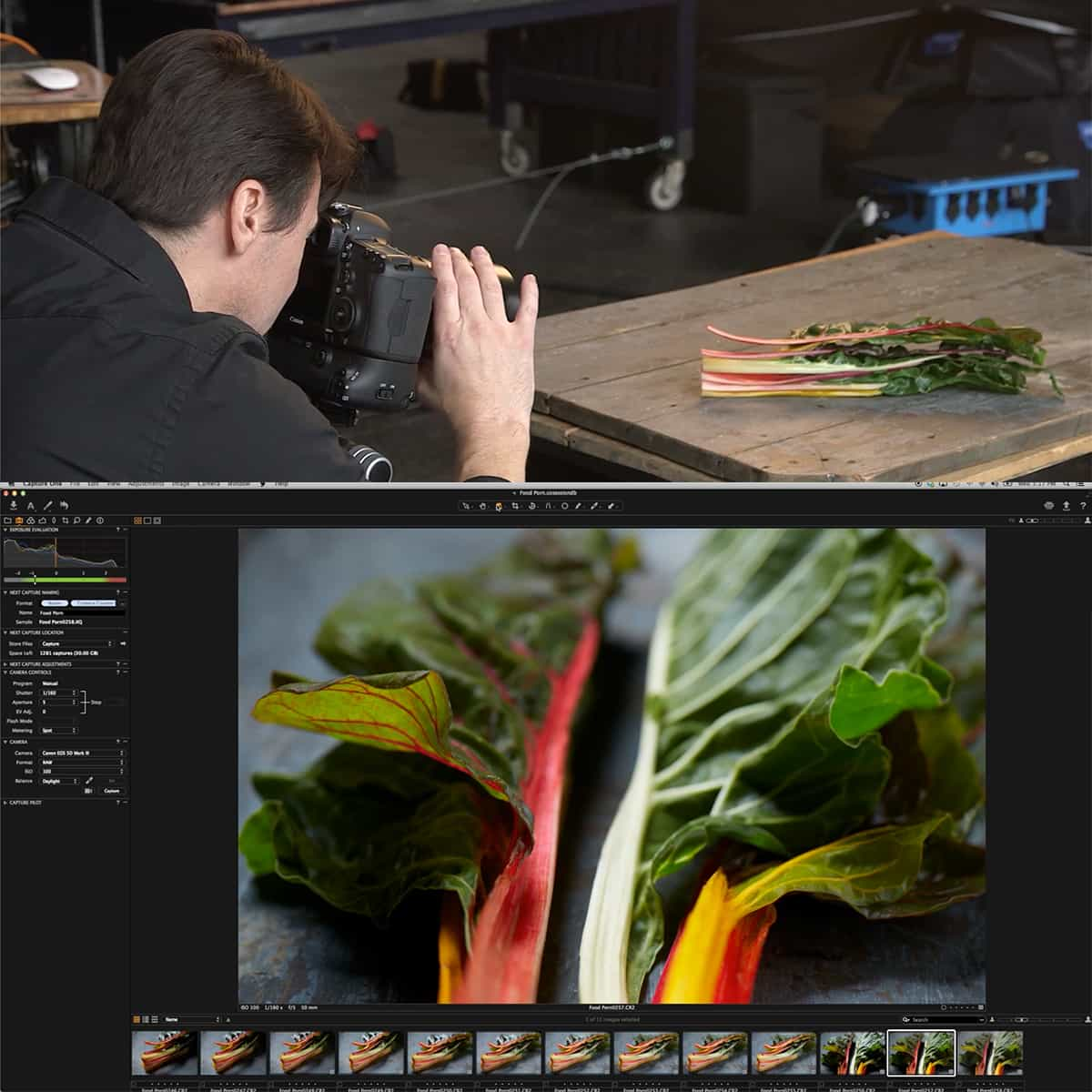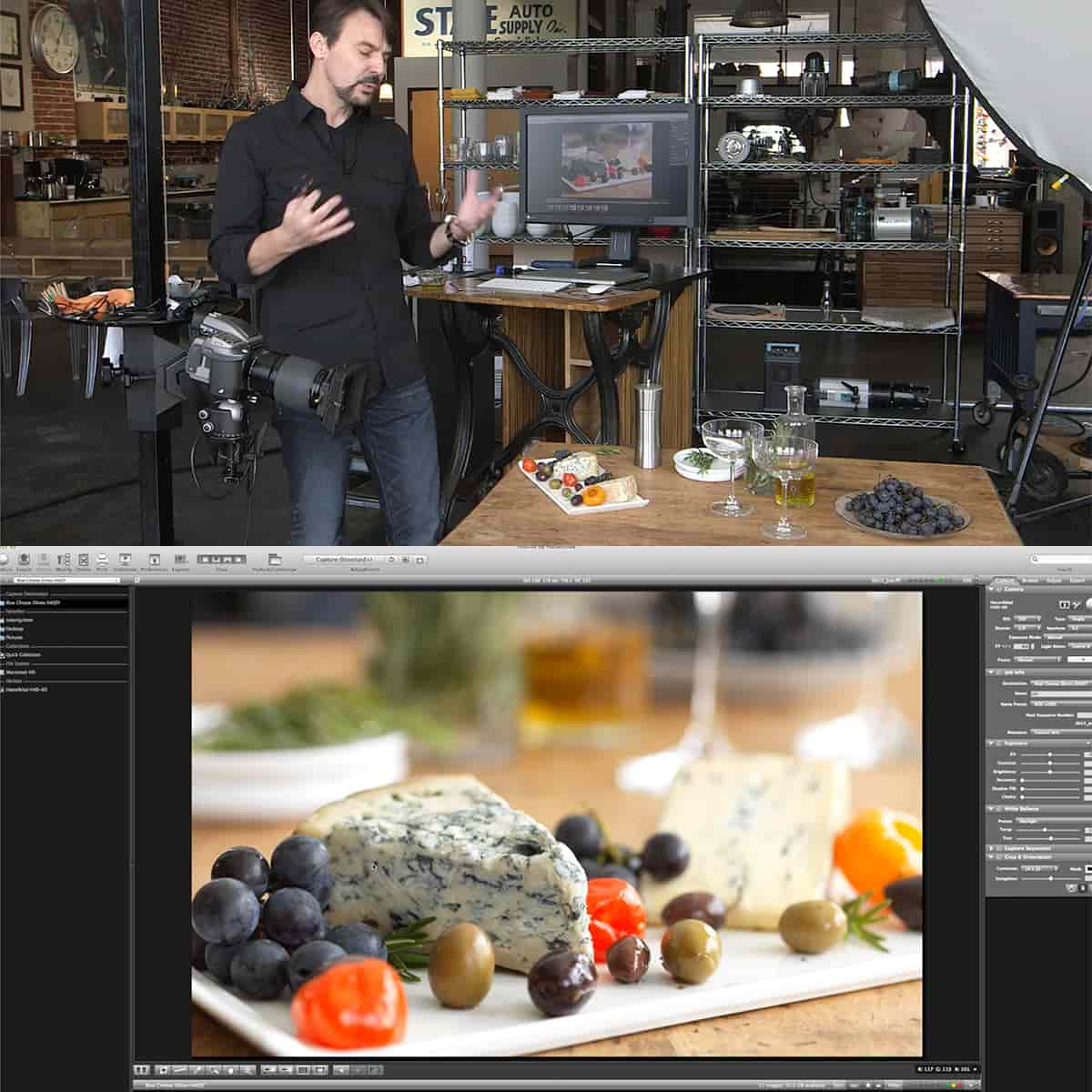Composition in Photography: Crafting Visually Stunning Images with Expert Techniques
Photography is an art form, and as with any art, the way elements are arranged plays a crucial role in creating visually stunning images. Composition in photography refers to the arrangement of elements within the frame and their interaction with one another. Mastering composition can elevate your photographs, making them more visually appealing and effectively conveying your intended message.
A solid understanding of the basics of composition is essential for any photographer, whether they are just starting or have years of experience. By exploring advanced techniques, perspectives, and even post-processing, photographers can push the boundaries of their craft. Technological advancements also play a role in transforming the possibilities for composition in photography, fueling creativity and innovation.
Key Takeaways
- Mastering composition is crucial for creating visually appealing photographs that effectively convey the intended message.
- Building on the basics and exploring advanced techniques and perspectives can help photographers elevate their craft.
- Technological advancements have expanded the possibilities for composition in photography, inspiring creativity and innovation.
Basics of Composition
Horizon and Lines
When we capture a photograph, the horizon line plays a crucial role in the overall composition. A well-placed horizon can divide the image into distinct areas, creating visual balance. One common technique to achieve this balance is the rule of thirds, which involves using a grid to divide the frame into nine equal parts. By placing the horizon along one of the horizontal lines, we can give more importance to either the sky or the foreground.
In addition to the horizon line, other lines like leading lines, diagonal lines, and curves also contribute to the composition. These lines guide the viewer's eye through the photograph and create a sense of movement or depth. To maximize their impact, consider aligning them with the grid lines while following the rule of thirds.
Balance and Negative Space
A balanced composition ensures that no one element dominates the entire image, resulting in a more pleasing visual experience. We can achieve balance by incorporating negative space—empty areas that counteract the weight of other elements in the frame. This composition technique provides breathing room and allows the viewer to focus on the main subject. For example, an isolated tree in a vast landscape would use negative space to emphasize the tree and create balance.
It's essential that we pay attention to the distribution of weight in our photographs. Objects, colors, and even areas with contrasting tones can create visual weight. To achieve balance, try to evenly distribute these elements across the frame or create a sense of harmony between them.
The Golden Ratio
Another popular compositional guideline is the golden ratio. It is a mathematical principle found in nature, art, and architecture that is known for creating aesthetically pleasing proportions. The golden ratio can be applied in photography by using a spiral, known as the Fibonacci spiral, which guides the placement of your subject. This technique suggests placing the main subject or point of interest where the spiral converges, resulting in a harmonious and well-balanced composition.
In conclusion, understanding and applying various compositional techniques such as the rule of thirds, balance, negative space, and the golden ratio can help you create visually stunning images. Remember to experiment and trust your instincts, as the beauty of photography lies in capturing unique perspectives and emotions.
Advanced Techniques in Composition
Utilizing Color and Contrast
We can create visually stunning photographs by leveraging the power of color and contrast. Using complementary colors, for example, helps achieve a sense of harmony, while contrasting colors increase the visual impact. One approach to using color effectively in photography is to focus on a particularly vibrant hue against a toned-down background, allowing it to stand out.
Incorporate contrast not only through color but also through light and shadows. Chiaroscuro, a technique involving strong contrasts between light and dark, adds depth and dimension to images. Experimenting with high-key or low-key lighting can evoke different moods.
Working with Symmetry and Balance
Introducing symmetry and balance adds an aesthetic quality to photos. Strive to create well-balanced compositions involving visual weight distribution. Consider objects of different sizes, textures, or colors on opposing sides of the frame for a balanced and visually appealing result.
Symmetry, on the other hand, entails creating mirror-like reflections to produce a sense of calm and orderliness. Reflections on water or architectural features make excellent subjects for symmetric compositions.
Effective Use of Lines
Lines serve as guides for the eye, directing attention to our subject and adding depth or motion in photography. Familiarize yourself with various types of lines:
-
Leading lines: Use paths, roads, or architectural elements to draw viewers' eyes towards the point of interest.
-
Diagonal lines: Introduce dynamic energy and movement in your images with diagonal lines, which can add a sense of drama.
-
Curves: Offer a soothing and relaxed visual experience as they gracefully wind through each scene.
-
Horizontal and vertical lines: Denote stability and structure in compositions, creating a more formal appearance.
Finally, experiment with different perspectives to enhance the impact of lines in your compositions. Try high or low angles, or even shoot certain subjects from a bird's eye or worm's eye view!
Perspectives in Photography
Capturing Nature
Nature offers us endless opportunities to create visually stunning images. By focusing on the world's diverse textures and contrasts, we can capture the essence of our surroundings and share our experiences with others. From majestic landscapes to intricate macro shots, nature provides an array of visual elements that can elevate a photograph.
Incorporating shapes and textures into our compositions adds depth and dimension to the images. This encourages the viewer to explore the details and emotions that the scene evokes. Paying attention to the interplay between light and shadow can enhance contrast and further emphasize the natural elements in the frame.
Architectural Composition
Architectural photography allows us to document the grandeur and intricacies of the built environment. To effectively capture architecture, we need a fresh perspective that highlights the unique features and details of the structures. By experimenting with angles and lines, we find dynamic compositions that showcase the architectural designs.
Table 1: Important aspects to consider in architectural composition:
| Aspect | Description |
|---|---|
| Line | Guides the viewer's eye and adds structure |
| Symmetry | Enhances the order and balance of the image |
| Perspective | Adds depth and strengthens the photograph's impact |
Professional Perspectives
As professional photographers, our goal is to create visually stunning and compelling images. To achieve this, we must continuously explore new perspectives, techniques, and ideas that challenge our creative boundaries. By mastering various aspects of composition, we can craft images that not only showcase our technical skills but also tell powerful stories.
Collaborating with diverse talent and experimenting with different genres expands our experience and sharpens our artistic vision. Embracing challenges and adapting to a wide range of situations allows us to produce consistently impressive results. It's our dedication to our craft that drives us to strive for excellence, elevating our photography to new heights.
Post-processing Techniques
Better Lighting
We often encounter lighting challenges in our photography. Improving lighting in post-processing can significantly impact the overall outcome of our work. Advanced Photography, Photoshop, AI, CGI Courses for Artists can help photographers learn strategies to enhance their images' lighting.
We can achieve better lighting by adjusting exposure levels, playing with shadows and highlights, or implementing local adjustments to balance out the light distribution.
Removing Distractions
In photography, it's vital to keep distractions at a minimum and shift the focus towards the main subject. Post-processing techniques can assist in removing unwanted elements efficiently and produce a cleaner final image.
Some methods we use include cropping to eliminate background distractions and using clone tools or content-aware fills for intricate fixes. These adjustments lead to more visually compelling images and put the emphasis on the subject.
Bokeh Technique
We sometimes use the bokeh technique to enhance the depth and aesthetic appeal of our photographs. Bokeh refers to the pleasing or artistic quality of out-of-focus areas in an image, often achieved through shallow depth of field.
To accomplish this in post-processing, we can add a blur to the background, giving our subject a more distinct presence. Tools like selective focus and mask layers can help create an appealing bokeh effect without compromising the essential parts of the image.
Transforming Composition through Technology
Smartphone Composition
We live in an era where smartphone cameras have drastically improved, allowing photographers to capture stunning images. When composing photographs on a smartphone, it's important to consider the subject and the background. Removing any distracting background elements and focusing on the right points can produce images with great depth and appeal. New York, for example, with its bustling streets and towering skyscrapers, offers countless opportunities for photographers to experiment with various compositions.
Choosing the Right Lens
The choice of lens can significantly impact the final composition of an image. Using a wide-angle lens will capture more of the scene, while a telephoto lens allows for getting up-close and personal with your subject. Consider using a lens with a wide aperture to achieve a shallow depth of field, which creates a pleasing bokeh effect that helps isolate your subject from the background. Matching the lens with the desired outcome will greatly enhance the visual appeal of your photographs.
Post-processing Software
In addition to capturing well-composed images, we can also use post-processing software to enhance our photographs further. Tools such as Adobe Lightroom and Photoshop offer a multitude of editing options to fine-tune color, contrast, and exposure. Correcting any imbalances and refining the composition in these professional photography tools can help us make the most of our photographic efforts. By taking advantage of the latest technology and software, we can elevate our photography composition skills and create visually stunning images.
Frequently Asked Questions
What are the key elements of composition in photography?
There are several key elements of composition in photography that help create stunning images, including the rule of thirds, leading lines, framing, balance, and symmetry. These elements aid in directing the viewer's attention and conveying a message through your photos.
How do you achieve visual balance in a photograph?
Visual balance in a photograph can be achieved by considering the placement of elements, their size, and color, and arranging them symmetrically or asymmetrically within the frame. An appealing way to create balance is by using the rule of thirds, where the frame is divided into a grid and key elements are placed at the intersection points.
What is the role of space in photography composition?
Space in photography composition refers to both negative and positive space, which play a crucial role in creating visual interest and balance. By properly using space, photographers can emphasize the subject and add depth to the photo, making it more emotionally resonant.
How can one analyze composition in a photograph?
To analyze composition in a photograph, start by looking at the arrangement of elements and the techniques used by the photographer. Consider the use of visual balance, space, leading lines, and other composition techniques. Pay attention to the emotions and narrative the photographer might be trying to convey through the image's composition.
What are some advanced composition techniques in photography?
Some advanced composition techniques in photography include the use of complementary colors, breaking the rule of thirds, using patterns and textures, experimenting with different perspectives, and incorporating reflections. These techniques can create unique and visually stunning images when used effectively.
How do you describe good composition in a photograph?
Good composition in a photograph can be described as the harmonious arrangement of elements within the frame, capturing the viewer's attention and conveying the intended message or emotion. Images with good composition exhibit a strong visual balance, utilize space effectively, and make skillful use of various techniques to create a memorable and appealing photograph.


